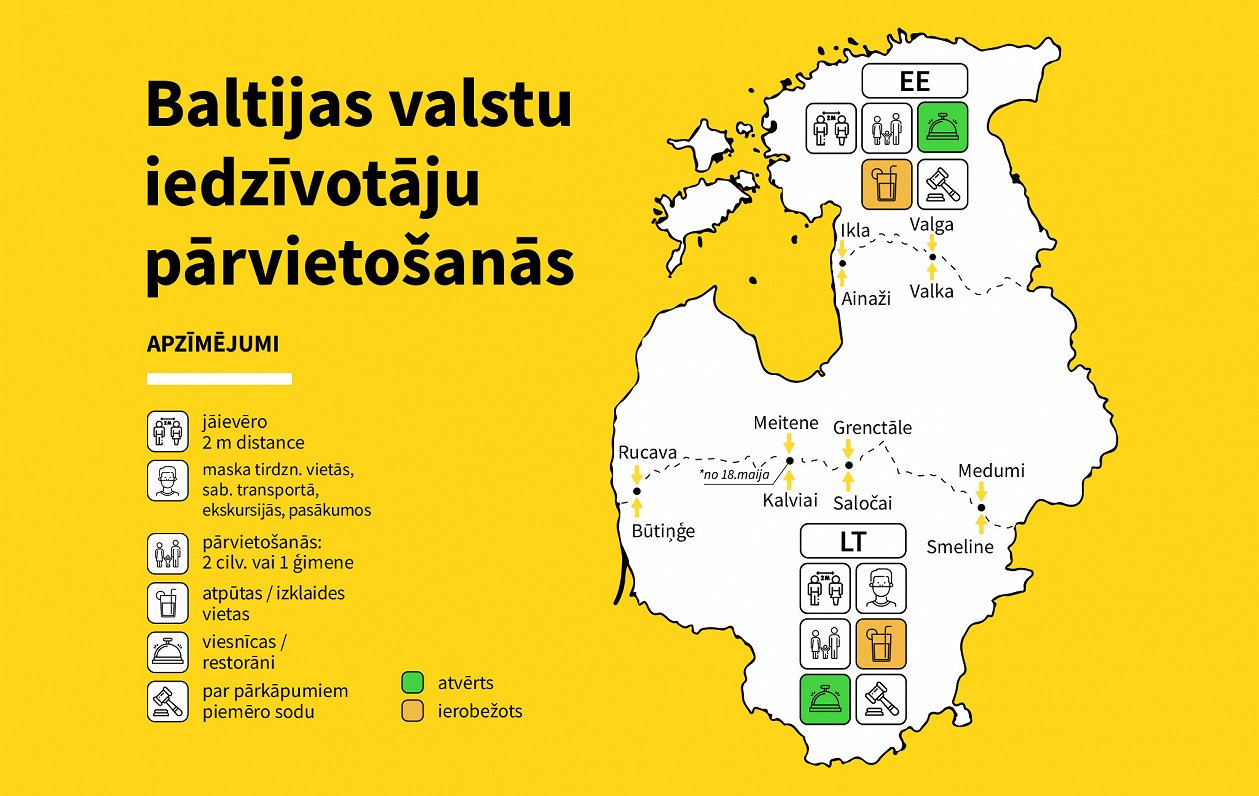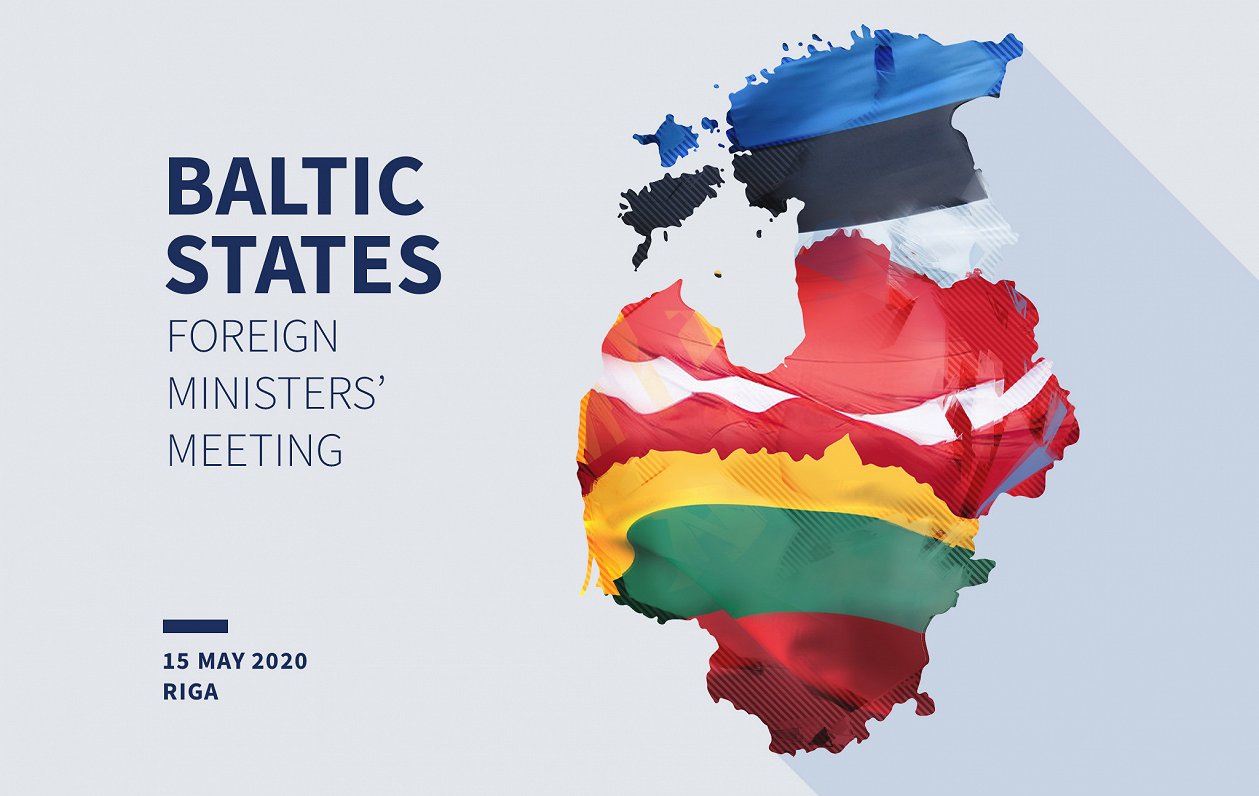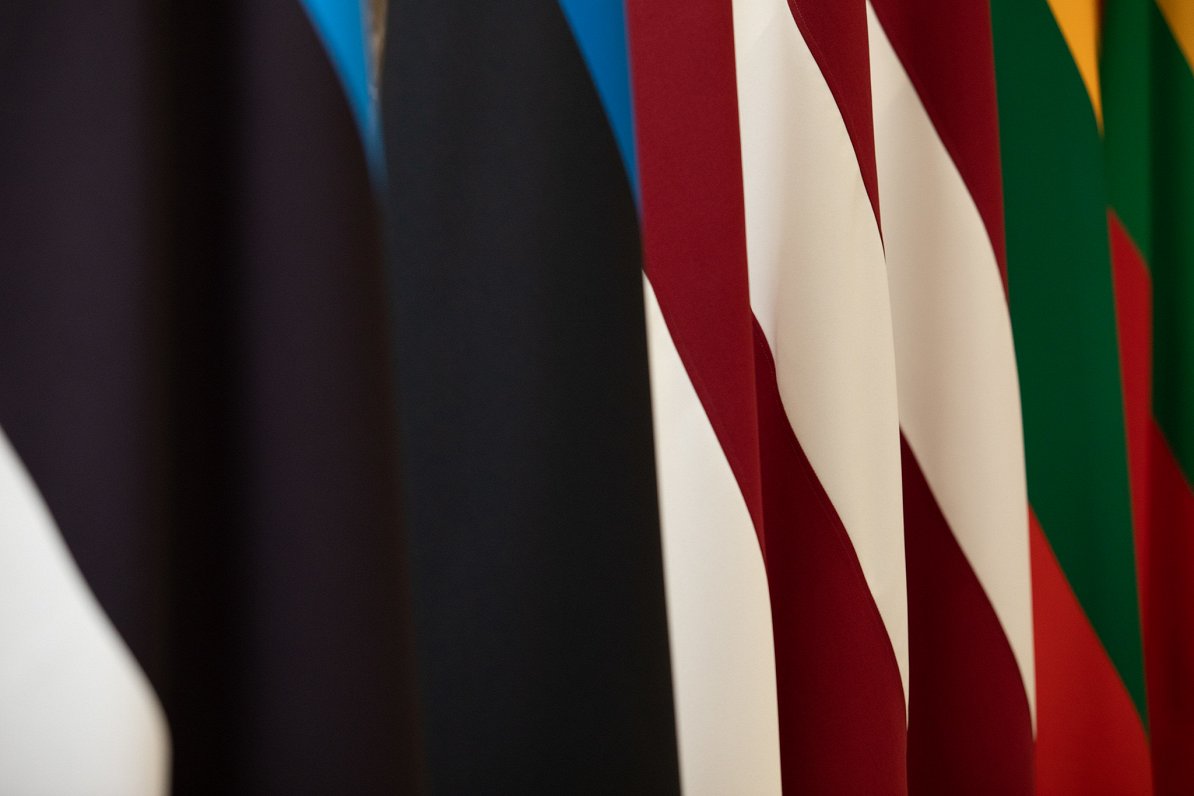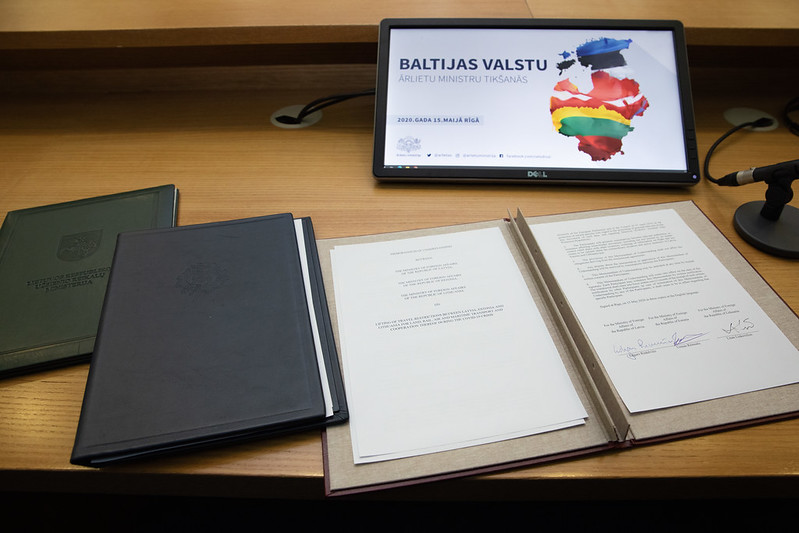As a result of the relative success of the three countries in containing the spread of the coronavirus, their governments have judged that free movement of people can be restored to all permanent residents, though arrivals from outside Latvia, Estonia and Lithuania will have to undergo a two-week quarantine period.
Latvian State President Egils Levits said: "Estonia, Latvia and Lithuania have created a "small Schengen” area in Europe - an area without internal borders. From today, all of us, the six million of the Baltics, are free to cross the borders between our countries, subject to epidemiological rules. This is especially important for Latvia because Lithuania and Estonia are our largest economic partners."
As previously reported by LSM, the Foreign Ministers signed a Memorandum of Understanding (MoU) marking the occasion in Rīga on Friday afternoon, but the changes were already in force, having been implemented at midnight.
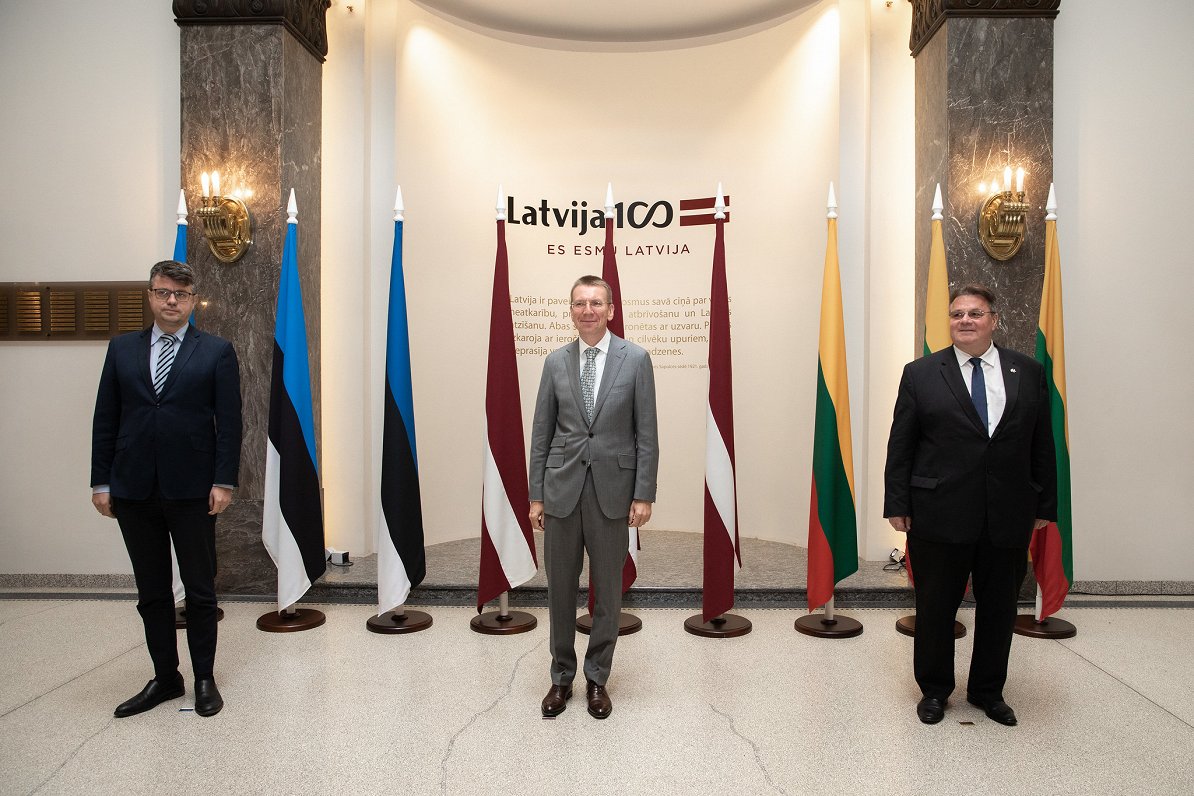
Speaking to journalists, the ministers said the "Baltic Bubble" was the rest of intense cooperation in recent weeks and that its security would be assured by comprehensive information exchanges between the three countries.
Latvian Foreign Minister Edgars Rinkēvičs said:
"I think we can help the medical professionals of all three countries, [and] all three societies that because of their discipline, because of their dedicated work, we are reaching the point where we can open up our internal Baltic travel, we can open up our borders - technically they are already open since midnight - and that we have been able to sign this MoU that outlines cooperation between our countries."
"This is a signal that we are coming to a new normal. We have a virus, it’s going to be with us for some time," he said.
"We are not done with COVID. We still need to fight it, we still need to take necessary precautionary measures," he said, noting that the ministers themselves were not shaking hands or exchanging copies of the MoU.
Estonia's Urmas Reinsalu said signing the MoU was not a signal that mass travel was being encouraged, but was a step on the road towards a "new normality".
"The signal is that we are able jointly to act… if there is a rational possibility to make a step further we will do so," Reinsalu said in reference to suggestions that other countries - notably Finland and Poland might eventually join the Baltic Bubble. Any move to do so would demand reciprocity, he noted.
Lithuania's Linas Linkevičius also said he was open to expansion of the bubble, but in a cautious way.
"We should not rush too much, not to damae what was created before... Although some countries are declaring [the pandemic] is over, we do not think it is over," he said.
Linkevičius also noted that immediately after the press conference, all three Baltic ministers would be taking part in a video call with their other European Union counterparts in a further demonstration of coordination between the Baltic states.
You can watch the joint press conference of the Foreign Ministers below, courtesy of LTV.
At the conclusion of their meeting, the three Baltic Foreign Ministers issued a joint statement saying:
Today’s occasion marks an important milestone in COVID-19 crisis exit process due to several reasons. First and foremost, it marks the first step in moving towards re-establishing the physical connections and travel between countries, which was interrupted due to spread of COVID-19 virus. Decision to open the borders between the Baltic states was based on the similar epidemiological situation in Estonia, Latvia and Lithuania. The fact that the signing ceremony is held in Riga, in the form of the first physical meeting after the start of the spread of the virus, is a proof that essential, especially work related travel is possible between the Baltic states again.
Today’s crisis, but also today’s occasion again highlights the importance of cooperation between nations and governments, starting from close neighbours. Cooperation between Estonia, Latvia and Lithuania has been traditionally very close. It is based on common interests and goals of the three countries in foreign and security policy, fostering economic development, and cooperation in the European Union (EU) and NATO. The priorities for Baltic cooperation - strengthening security in the region, developing regional connectivity with a focus on energy and transport infrastructure, climate and digital agenda, promoting common interests in the EU, transatlantic partnership and NATO as the cornerstone for the security and defence in Europe, are important areas for our region and we will achieve more together.
Unity and cooperation remains essential. Cooperation and exchange of information with our regional, like-minded friends in the Nordic-Baltic format has been close and effective from the very start of this crisis. The EU level cooperation, very positively illustrated by joint action in organising EU citizens’ repatriation flights from all over the world to home countries, needs to be continued in a united and efficient way in different strands of work, including with the objective to uphold and support the Single Market. Globally, efforts have to be continued to work together to keep international trade and means of transport as open and flexible as possible to minimize the already huge setback on our countries’ economies.
Continued close cooperation at the regional, EU and global level and working jointly, step by step, remains the keyword, with common objective to being able soon to eliminate restrictions related to COVID-19, help to restore much needed economic activities and free movement throughout the EU and Schengen area as soon as possible, taking into account the epidemiological situation of countries and health requirements.
If you are planning to take advantage of this step on the road back to post-COVID normality, you are strongly advised to read the rules regarding emergency measures in force in Estonia and Lithuania first.
